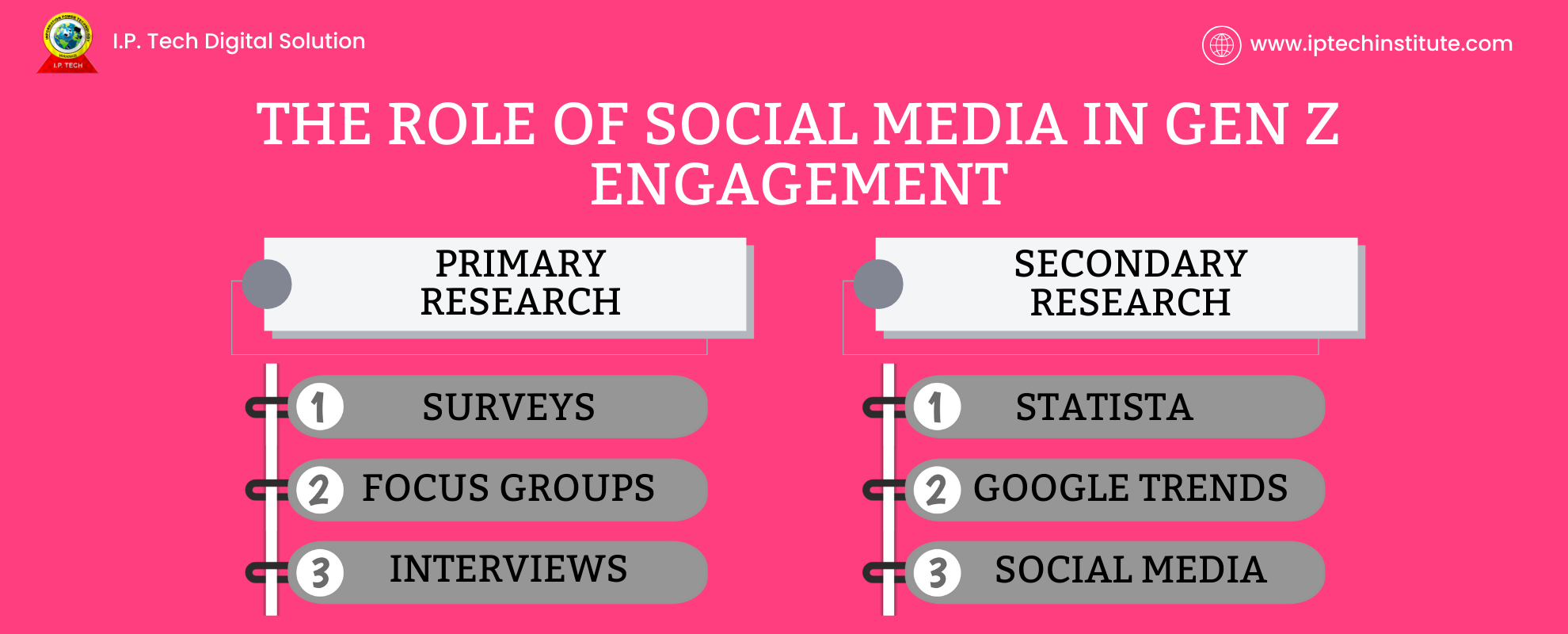Introduction
Market research is crucial for understanding customer needs, tracking competitors, and identifying changing market conditions. In the digital age, online market research has become easier and more accessible, thanks to advanced technologies. This guide outlines essential steps and strategies to help you conduct effective market research online.
About Market Research Techniques
Successful online market research depends on two key types of research: primary and secondary.
Primary Research
Primary research involves gathering data firsthand through observations, surveys, or experiments. It provides fresh information directly from customers. The most common primary research methods online include:
- Surveys
- Focus groups
- Interviews
These methods help businesses understand customer behaviors, preferences, and pain points.
Secondary Research
Secondary research involves analyzing data that already exists, such as industry reports, competitor analyses, and online reviews. Some effective platforms for secondary research include:
- Statista
- Google Trends
- Social Media
Online Tools to Facilitate Market Research
There are several tools available to streamline your online market research:
- Google Trends
Track keyword popularity and customer interests over time. - Survey Tools
Use tools like Google Forms or SurveyMonkey to create surveys and collect customer insights. - Social Listening Tools
Tools like Hootsuite or Brand watch help track mentions of your industry on social media platforms.
Competitor Data Analysis
Understanding your competition is vital to developing a solid strategy. Tools like SEMrush and Ahrefs help analyze competitors’ web traffic, keywords, and backlinks, providing insights into their strategies.
Consumer Behavior Analysis
To choose the right market research technique, it’s important to analyze consumer behavior. Google Analytics is a key tool for understanding customer preferences and habits. It provides insights into website traffic, customer demographics, and online behavior.
Trends and Industry Reports
To stay competitive, businesses must keep up with emerging trends. Firms like Nielsen and PwC regularly publish reports on customer distribution, purchasing behavior, and market trends.
Surveys and Polls
Surveys and polls are excellent ways to gather firsthand knowledge from your audience. Online tools like SurveyMonkey, Google Forms, and Type form make it easy to design, deploy, and analyze surveys.
Steps for a Successful Online Survey:
- Identify Your Goal
Define what you want to learn from the survey. - Reach the Right Audience
Distribute surveys via email, social media, or websites. - Keep it Simple
Use clear, concise questions with easy-to-understand answer options. - Analyze Results
Interpret the data to uncover trends and audience preferences.
Online Focus Groups and Interviews
Online focus groups and interviews provide deeper insights into customer perceptions. Platforms like Zoom or Skype can facilitate remote qualitative research.
Tips for Successful Focus Groups:
- Prepare Open-Ended Questions
Ask questions that encourage detailed responses. - Encourage Discussion
Foster an open environment where participants feel comfortable sharing opinions. - Record Sessions
Record the sessions (with permission) for thorough analysis later.
Social Media as a Foundation for Research
Social media platforms like Facebook, Twitter, LinkedIn, and Instagram are invaluable for market analysis. They provide real-time insights into customer sentiment, trends, and competitor strategies.
Key Social Media Research Strategies:
- Hashtag/Keyword Monitoring
Track conversations and trends related to your industry. - Interact with Your Audience
Use comments, polls, and Q&A sessions to gather feedback. - Monitor Competitors
Analyze competitor activity on social media for insights into their strategies.
Analysis of Your Website Data
Your website data can reveal a lot about your audience. Google Analytics allows you to track visitor behavior, bounce rates, and time on page, helping you optimize your website’s performance.
Key Metrics to Track:
- Bounce Rate
If visitors leave your site quickly, you may need to improve the content. - Conversion Rate
Track how many visitors take desired actions, like filling out forms or making purchases. - User Flow
Analyze the paths users take through your site to identify drop-off points.
Competitive Benchmarking
Competitive benchmarking involves comparing your business’s performance to that of your competitors. Tools like Similar Web and Alexa allow you to compare website traffic, engagement, and strategy.
Steps for Competitive Benchmarking:
- Identify Competitors
Analyze direct and indirect competitors. - Analyze Strategy
Study competitors’ content, marketing campaigns, and user engagement. - Set Benchmarks
Use the data to set realistic goals for improving your business performance.
Actionable Insights for Better Decision-Making
Market research techniques provide actionable insights that inform business decisions. Whether you’re launching a new product, improving your marketing strategy, or entering a new market, the data you collect can guide your next steps.
How to Apply Research Insights:
- Prioritize Findings
Focus on the most important insights that align with your business goals. - Develop Data-Driven Strategies
Use research findings to address customer needs and market trends. - Test and Iterate
Continuously test new strategies and refine them based on results.
Change in the Dynamic Online Marketplace
The online marketplace is always evolving, and market research techniques must adapt. Staying updated on industry trends, competitor strategies, and consumer behavior is crucial for success.
Tips for Staying Ahead:
- Keep Up with Market Trends
Regularly review industry news and reports to stay informed. - Monitor Competitor Strategies
Track competitor activities to identify shifts in the market. - Engage with Your Audience
Continuously gather feedback from your target market through polls, surveys, and interviews.
Value Generated from Good Online Market Research Techniques
Effective online market research provides numerous benefits, including:
- Customer Insight
Understand customer needs, behavior, and preferences. - Product Development
Use customer feedback to inform product development and innovation. - Efficient Marketing
Create targeted, data-driven marketing campaigns. - Competitive Advantage
Stay ahead of competitors by making informed, data-driven decisions.
Conclusion
Thorough online market research techniques allow businesses to stay on top of market trends, meet customer needs, and outperform competitors. By combining quantitative data from surveys and analytics with qualitative insights from focus groups and social media, businesses can make informed decisions that lead to growth.

